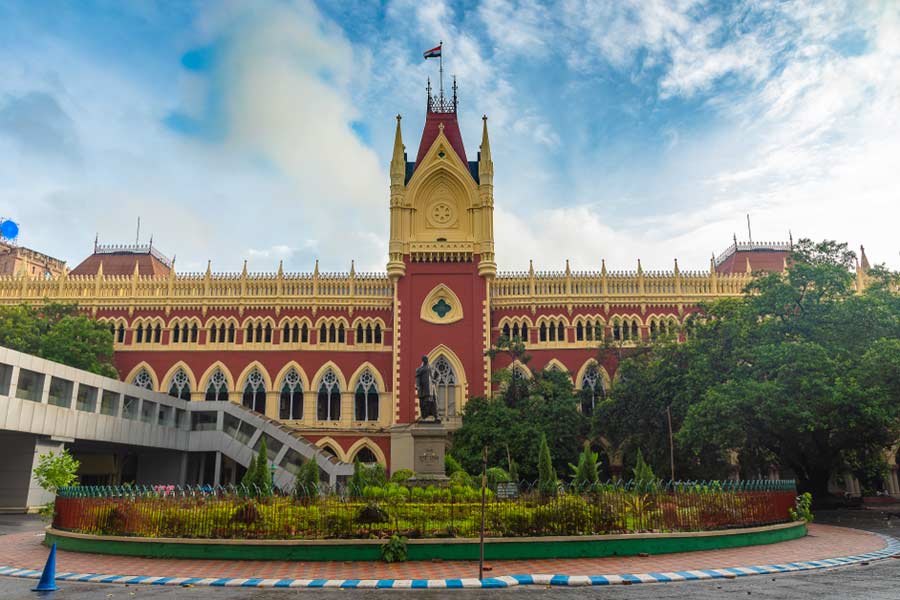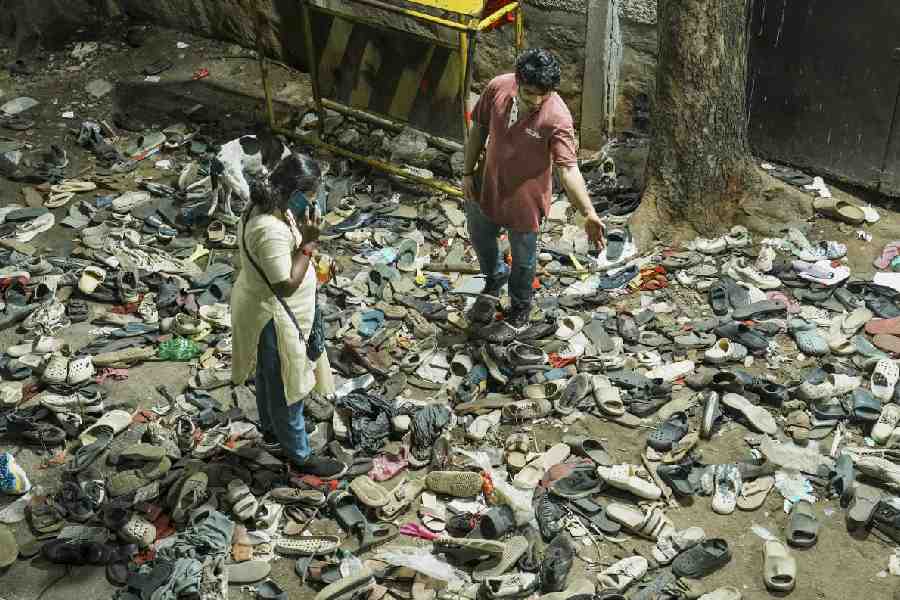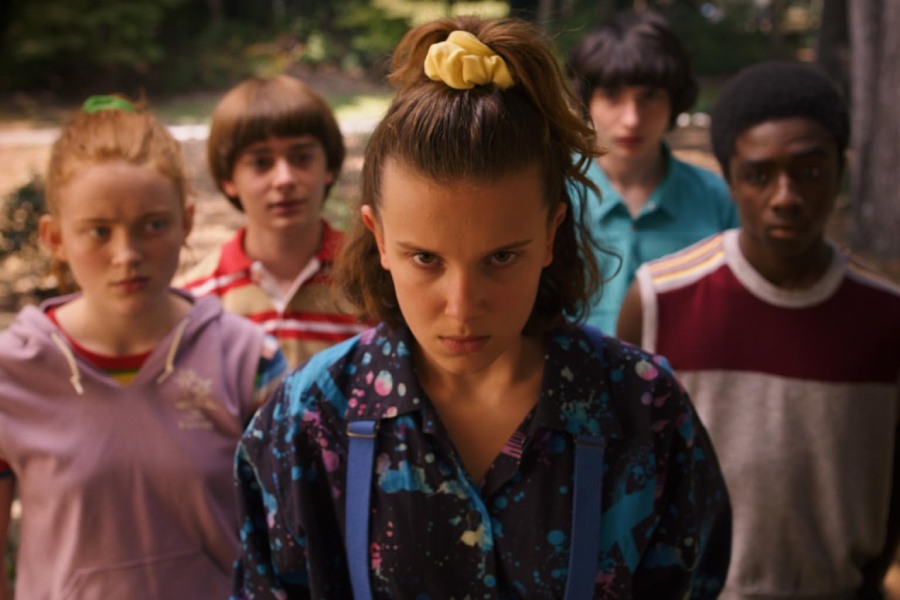 | Guest Column Jatindra K Nayak |
The option to remain in isolation, splendid or otherwise, is no longer available in a world which is getting rapidly globalised. Whether we like it or not, our lives are inextricably interlinked with the lives of people elsewhere, thanks to changes overtaking the economy and revolutions taking place in the field of communication.
And yet, everything associated with globalisation, with getting connected and becoming a part of a larger world, is not to be uncritically celebrated, for it disconnects us from much that is precious, from many sources of creativity within the world we belong to while connecting us to much that is liberating and exciting.
A complex and challenging task confronts people living in non-western societies: how to remain connected to one’s own world while negotiating with a larger, more powerful and exciting world?
Let us see how this challenge was faced in Orissa in the past and what lessons we can absorb from the way it was met.
A young man drops out of school in response to Gandhi’s call to fight against British rule and goes to villages, in and around Bargarh, to teach the villagers how to spin. There he discovers a great tradition of weaving languishing as a result of years of neglect. He sets up a weavers’ cooperative, revives the art of weaving and soon a dying tradition of excellence gets a new lease of life.
This young man is Krutartha Acharya and his successful attempt to popularise Sambalpuri textiles is too well-known to be repeated.
Sambalpuri sarees and dresses made of this fabric soon came to constitute one of the defining symbols of modern Orissa and made the world aware of the ability of craftsmen from Orissa to create things of surpassing beauty.
The point to note here is that connecting ourselves to a larger world, in this instance, the one opened up by the freedom struggle, revitalised our own world and reconnected us with something unique and fascinating that was there within ourselves.
The revival of patta paintings provides another interesting and instructive example of the local measuring up to the challenges of the global. This art, too, was dying out for want of patronage in the middle of the twentieth century.
In the early fifties, Halina Zealy, a Polish-American lady and a member of the American Friends’ Service Committee (AFSC), spent a year or so in Puri with a few of her associates before going to Barpali, where they were planning to undertake experiments in rural reconstruction.
Dr N.K. Bose, one of Gandhi’s secretaries and an eminent anthropologist, introduced her to two families of pathurias (stone carvers). During her visits to the place where these carvers lived, she came in contact with an impoverished patta painter and a whole new world of possibilities opened up for her. She got in touch with a few more patta painters, advanced small sums of money to them and encouraged them to execute paintings. She realised that the main problem for the chitrakars (artists) was marketing and she made tireless efforts to find their artworks a market.
One cannot do better than quote Dr J.P. Das’s detailed account of her exertions: “She got in touch with the Bengal Home Industries Association…and the Indian Institute of Art in Industry. She also investigated the possibility of having showcases in the B.N.R. Hotel and Raghunandan Library in Puri and a temporary stand on the bada-danda. In March 1953, she sent a detailed report narrating her experience to the AFSC headquarters, and Philadelphia was quick to respond. She gave Mrs B.K. Nehru, the wife of the then Indian ambassador to US, few samples to take to New York with a view to promote sales there.”
The results are there for everyone to see: Patta paintings have become immensely popular and have found patrons from all over the world. A priceless heritage was saved from extinction through the timely intervention of Zealy and Bose and their friends in India and abroad.
The story of the revival of Odissi, which enjoys unprecedented popularity today all over the world, reveals a similar pattern. As Dr Dinanth Pathy observes: “Odissi has come to symbolise Oriya cultural identity and is now danced by members of an international community which is multilingual, multi-religious and multicultural and is watched, appreciated and patronised by an equally impressive global audience.” But one should not forget that about sixty ears ago, this dance form was not as widely respected as it is today. Its attainment of the status of a classical dance form involved a long struggle and is the outcome of a concerted effort made by Gujarati socialist Babulal Doshi, British art critic Dr Charles Fabri, danseuse Indrani Rehman, dance teachers Deba Prasad Das, Kelu Charan Mohapatra, Pankaj Charan Das, Oriya scholar and playwright Kalicharan Pattnaik and many others.
The simple yet powerful lesson the event conveys to us is this: we can reconnect ourselves to all that is valuable in our own world if we connect meaningfully with the world outside.
Globalisation is a threat from a certain perspective. It seeks to reduce us to passive consumers in a gigantic shopping mall. It conspires to throw a cloak of grey uniformity over a colourful world full of rich diversity. It often leads to devaluation of the local.
At the same time, it offers great and exciting opportunities, for it helps us rediscover ourselves, nurture and vitalise what is best in us with the help of new technology, new knowledge and new friends.
If we realise this, we can save our past from the future and save our future from itself.











